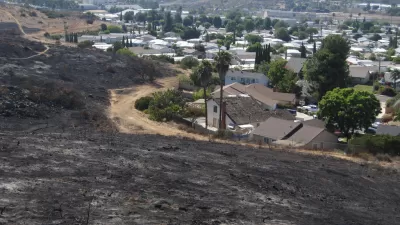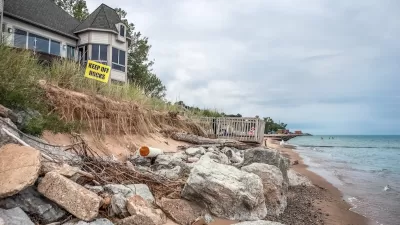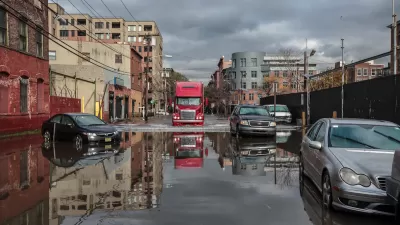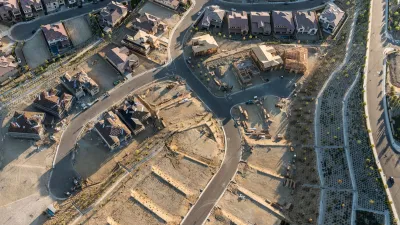About 350,000 residents have lost wildfire insurance in recent years, as a series of catastrophic fires have swept the state of California and insurance industry struggles to keep up with climate change.

Wildfire insurance is out of reach for many Californians, according to an article by Gireesh Shrimali, and the industry needs to adjust to the new climate realities of the state.
"Over the past several years, premiums have risen significantly – as much as 300% to 500% [pdf] in many cases. And in many high-risk areas, insurers are increasingly opting not to renew coverage," according to Shrimali. In all, 350,000 Californians have lost insurance coverage since a second year of catastrophic fires hit the state in 2018.
According to Shrimali, California needs a new way to calculate risk given the challenges of climate change in the state.
Challenges for insurers include the increasing severity of risk, the danger of adverse selection (when low-risk customers subsidize high-risk customers), and the effects of spiraling premiums.
To manage these risks, Shrimali suggests a few specific measures that would achieve better models for assessing and pricing risk as well as steps to ensure a "robust and guaranteed demand for wildfire insurance, which will attract private insurers into the market."
FULL STORY: In fire-prone California, many residents can’t afford wildfire insurance

Trump Administration Could Effectively End Housing Voucher Program
Federal officials are eyeing major cuts to the Section 8 program that helps millions of low-income households pay rent.

Planetizen Federal Action Tracker
A weekly monitor of how Trump’s orders and actions are impacting planners and planning in America.

The 120 Year Old Tiny Home Villages That Sheltered San Francisco’s Earthquake Refugees
More than a century ago, San Francisco mobilized to house thousands of residents displaced by the 1906 earthquake. Could their strategy offer a model for the present?

HSR Reaches Key Settlement in Northern California City
The state’s high-speed rail authority reached an agreement with Millbrae, a key city on the train’s proposed route to San Francisco.

Washington State Legislature Passes Parking Reform Bill
A bill that would limit parking requirements for new developments is headed to the governor’s desk.

Missouri Law Would Ban Protections for Housing Voucher Users
A state law seeks to overturn source-of-income discrimination bans passed by several Missouri cities.
Urban Design for Planners 1: Software Tools
This six-course series explores essential urban design concepts using open source software and equips planners with the tools they need to participate fully in the urban design process.
Planning for Universal Design
Learn the tools for implementing Universal Design in planning regulations.
Ada County Highway District
Clanton & Associates, Inc.
Jessamine County Fiscal Court
Institute for Housing and Urban Development Studies (IHS)
City of Grandview
Harvard GSD Executive Education
Toledo-Lucas County Plan Commissions
Salt Lake City
NYU Wagner Graduate School of Public Service





























